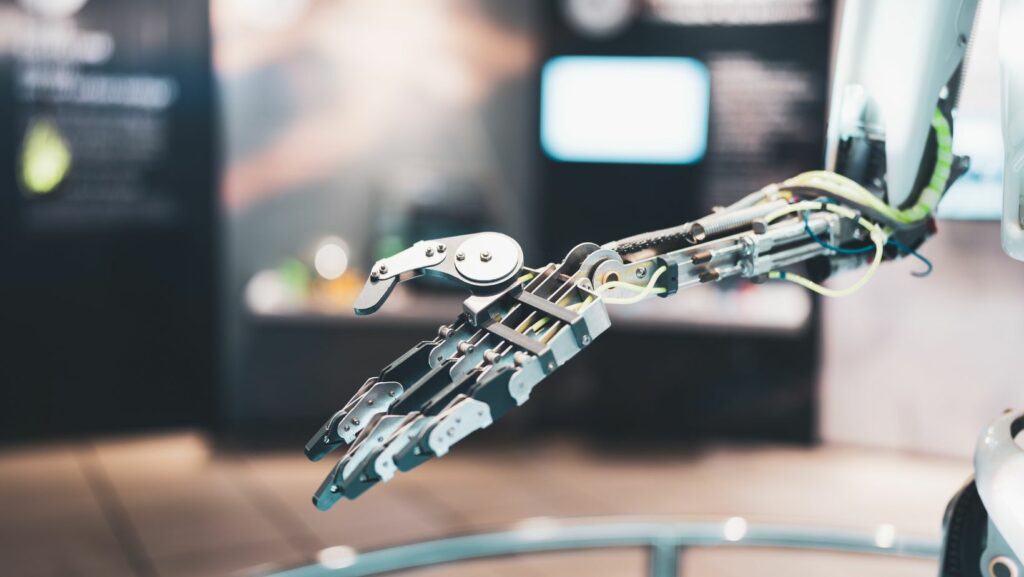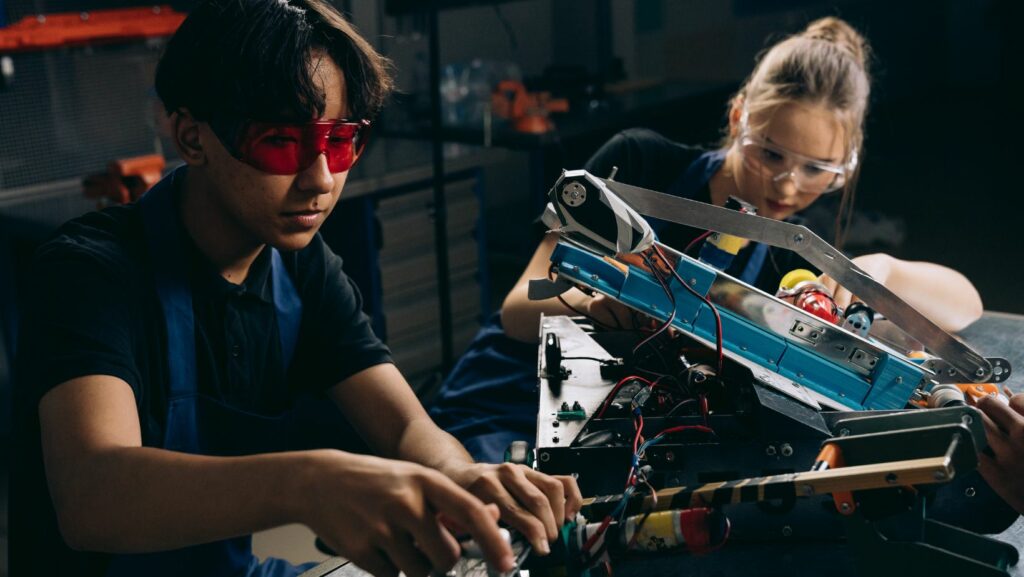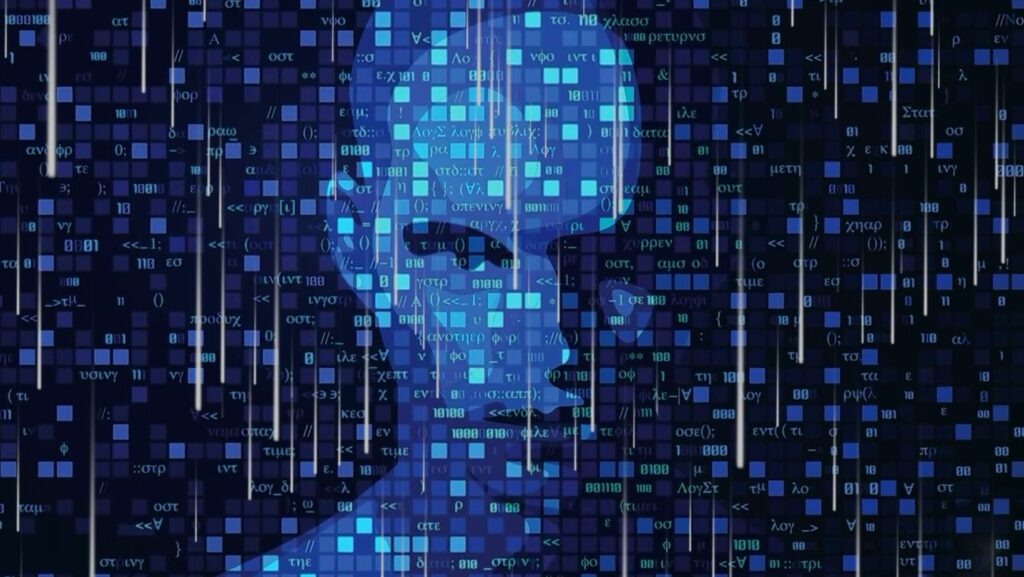Python voice recognition technology has revolutionized the way we interact with computers, offering a hands-free and intuitive user experience. By harnessing the power of speech recognition algorithms, Python developers have created innovative solutions that enable users to control devices, transcribe audio, and even build voice-activated applications. With a minimal latency Target, these advancements ensure seamless and real-time interactions, making voice recognition more efficient and responsive. This cutting-edge technology not only enhances accessibility but also opens up a world of possibilities for automation and personalization in various industries.

With Python’s extensive libraries and tools, implementing voice recognition capabilities into applications has become more streamlined and efficient. Developers can now integrate speech-to-text functionality seamlessly, allowing for natural language processing and voice commands. As the demand for voice-controlled systems continues to grow, Python’s versatility and robustness make it a top choice for building sophisticated voice recognition applications that cater to diverse user needs.
Python Voice Recognition
Python voice recognition utilizes speech recognition algorithms to enable hands-free interaction with computers, offering a seamless and natural user experience. Developers leverage Python for implementing voice-activated applications, controlling devices, and transcribing audio efficiently. This technology enhances accessibility, automation, and personalization across diverse industries, showcasing Python’s adaptability and robust feature set.
Defining Voice Recognition
Voice recognition, a subfield of artificial intelligence, refers to the ability of a machine or program to receive and interpret spoken language. In the context of Python, voice recognition involves the use of algorithms that analyze audio input to identify words, phrases, or commands, converting them into text or triggering corresponding actions. Python’s extensive libraries and tools play a vital role in facilitating the development of accurate and efficient voice recognition systems.
Importance in Today’s Technology

In today’s technology landscape, voice recognition holds immense significance as it drives the evolution of user interfaces towards more intuitive and interactive experiences. Python voice recognition technology empowers users to interact with devices, applications, and services using natural language, contributing to enhanced user satisfaction and accessibility. Its versatility and application across various sectors such as healthcare, automotive, and smart devices underscore its critical role in shaping modern digital interactions.
Popular Python Libraries for Voice Recognition
Python offers a variety of powerful libraries that facilitate voice recognition tasks, enhancing the development of innovative applications. These libraries are pivotal in implementing speech-to-text functionality and advancing natural language processing capabilities. Let’s dive into some of the most popular Python libraries used for voice recognition:
SpeechRecognition
SpeechRecognition is a versatile library in Python that supports multiple speech recognition APIs, making it effortless to convert spoken language into text. It enables developers to integrate speech recognition functionality into their projects seamlessly. With SpeechRecognition, one can easily capture audio input from various sources, such as microphones and audio files, and transcribe it into text with high accuracy.
PyAudio
PyAudio is a widely used Python library that provides bindings for PortAudio, allowing developers to easily capture and play audio streams. It is instrumental in implementing real-time audio streaming and processing, making it an ideal choice for voice recognition applications that require live audio input. PyAudio’s flexibility and robust features make it a go-to library for handling audio tasks efficiently in Python projects.
DeepSpeech

DeepSpeech is a cutting-edge open-source library developed by Mozilla that leverages deep learning techniques to perform speech-to-text conversion. It offers a pre-trained model for accurate transcription of spoken words into text, making it ideal for applications requiring precise voice recognition capabilities. DeepSpeech’s advanced algorithms enable developers to build sophisticated voice-based applications that deliver enhanced user experiences with minimal latency.
Python voice recognition technology has undoubtedly transformed the way we interact with computers, offering a seamless hands-free experience through advanced speech recognition algorithms and specialized libraries. By delving into audio processing techniques for noise reduction and signal analysis, developers can enhance the accuracy and efficiency of voice recognition applications. The versatility of Python voice recognition extends beyond basic voice command apps, finding practical use in automation, smart home management, and accessibility solutions for individuals with disabilities. As technology continues to evolve, Python voice recognition remains at the forefront of innovation, driving forward the possibilities of human-computer interaction.



